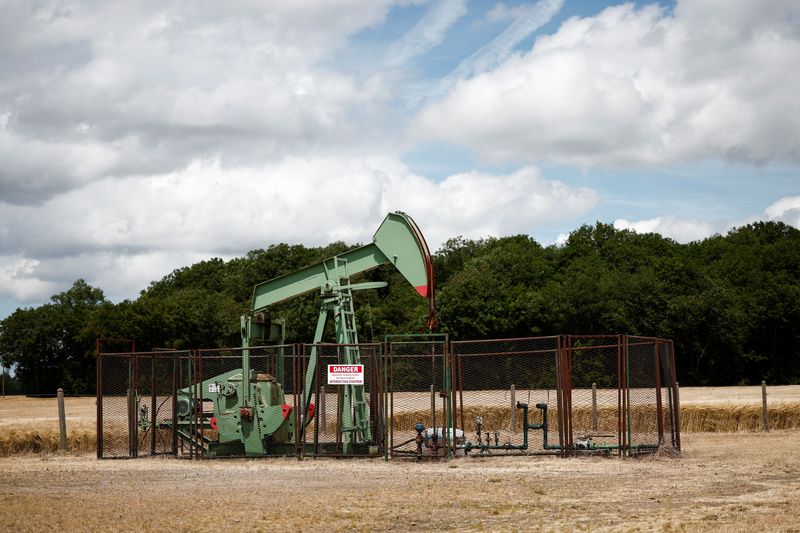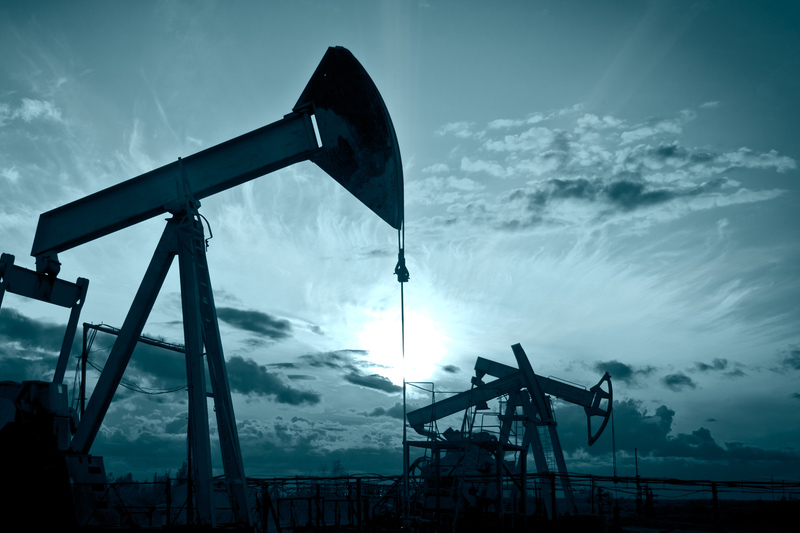By Scott DiSavino
NEW YORK (Reuters) -Oil prices rose about 2% on Friday to settle at a three-week high on expectations that additional sanctions on Russia and Iran could tighten supply and lower interest rates in Europe and the US could boost fuel demand.
futures rose $1.08, or 1.5%, to settle at $74.49 a barrel. U.S. West Texas Intermediate crude rose $1.27, or 1.8%, to settle at $71.29.
That was Brent’s highest close since November 22 and sent the contract up 5% this week. WTI posted a 6% gain this week, closing at its highest level since November 7.
“This strength is driven by…expectations of tougher sanctions on Russia and Iran, more supportive Chinese economic guidance, political chaos in the Middle East and prospects for a Fed rate cut next week,” say analysts at energy consultancy Ritterbusch. and Associates said in a note.
European Union ambassadors agreed this week to impose a 15th package of sanctions on Russia over its war on Ukraine, targeting its shadow tanker fleet. The US is considering similar steps.
Britain, France and Germany told the United Nations Security Council they were prepared to trigger a so-called “snapback” of all international sanctions on Iran if necessary to prevent the country from acquiring nuclear weapons.
Chinese data this week showed crude oil imports into the world’s top importer grew annually for the first time in seven months in November. They are expected to remain high until early 2025 as refiners opt to pick up more supply from top exporter Saudi Arabia, attracted by lower prices, while independent refiners rush to use up their quotas.
The International Energy Agency (IEA) has raised its forecast for global oil demand growth in 2025 to 1.1 million barrels per day from 990,000 barrels per day last month, citing China’s stimulus measures.
New bank lending in China rose much less than expected in November, highlighting weak credit demand in the world’s second-largest economy as policymakers vow to implement more stimulus.
OIL SUPPLY AND DEMAND
The IEA predicts an oil glut next year, when non-OPEC+ countries will increase supply by about 1.5 million barrels per day, led by Argentina, Brazil, Canada, Guyana and the US.
OPEC+ includes the Organization of the Petroleum Exporting Countries (OPEC) and allies such as Russia.
The United Arab Emirates, a member of OPEC, plans to cut oil shipments early next year as OPEC+ seeks stricter discipline, according to Bloomberg.
The price of crude sold to China from Iran, another OPEC member, rose to the highest level in years as US sanctions have tightened shipping capacity and pushed up logistics costs. The new administration of new US President Donald Trump is expected to increase pressure on Iran.
Investors are also betting the Fed will cut U.S. interest rates next week, with further cuts next year, after data showed weekly unemployment insurance claims rose unexpectedly.
US import prices barely rose in November as rising food and fuel costs were largely offset by declines elsewhere, thanks to a strong dollar.

Four European Central Bank policymakers supported further interest rate cuts, provided inflation remains at the 2% level as expected.
Lower interest rates can stimulate economic growth and oil demand.


